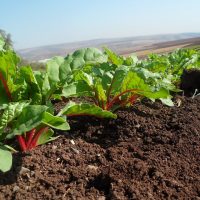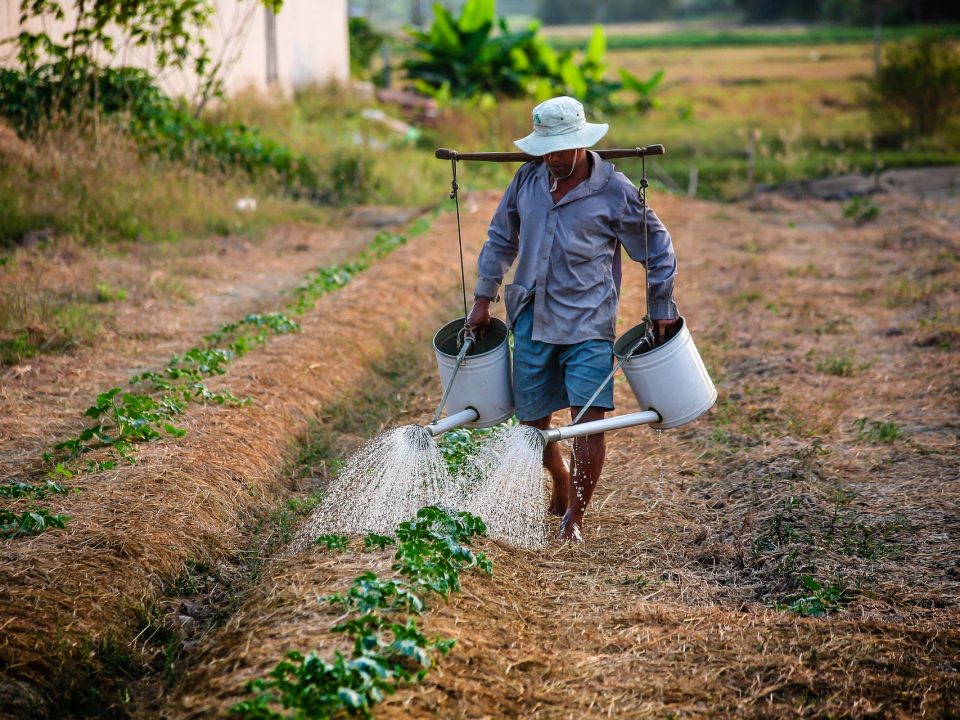Rowing and planting vegetables – the complete guide

ORGANIC RUE SEEDS
May 15, 2018
color from wild plants
May 15, 2018Rowing and planting vegetables – the complete guide
The first thing to do when cultivating a vegetable garden is to choose its location. This decision colloquial various factors: accessibility, proximity to a water source, distance from children’s play areas, the living space of dogs or other court animals, but most important of all: the amount of light. The sun is the source of energy that sustains the growth process – photosynthesis, the process by which nature builds organic compounds from inorganic compounds. The sun is the fuel for plant growth and should be the most important factor in determining the location of the flower bed.
If possible, it is recommended that the beds be oriented from east to west to maximize the use of sunlight.
Preparation of the growing area
The soil is the hotel’s plant. The more rich and inviting, the more the guest will enjoy.
growing area is classified according to the size of their particle. Heavy black soil has small particles. The smaller the particles, the more water is absorbed into it and the foundations are considered richer. But its problem is the drainage and development of anaerobic conditions. Light soil, its particles growing to sandy ground, with large air spaces and it is difficult to hold water and nutrients.
The size of the particles and the desired spaces will give the root of the plant nutrients and water, as well as air spaces that will facilitate the breathing process of the root.
For this purpose, the soil must be upgraded. Heavy materials are added to the heavy soil: wood paste, sea sand, a mixture of purchased soil, compost, the secretion of the growth that has intensified, the addition of diarrhea. For easy soils add absorbent substances: compost, humus, peat, and vremaculite. Keep in mind to minimize the materials to a depth of 15-20 cm.
In principle, only the topsoil becomes the “living” area of the soil, where growth occurs and the soil is rich in bacteria and nutrients available to the plant. The depth of this layer is about 30 cm on average, and one must be careful not to go further.
Sowing
There are two options: direct sowing or sowing in the sprouting tray and the transfer of a seedling ready to the flowerbed.
Direct sowing in the bed is suitable for seedling seeds or seeds that should be planted directly in the soil (do not sow them in the trays and transfer them later). Kelly sprouts: corn, sunflower and beans – beans, peas, beans. Direct sowing only: carrots, radish, turnip, radish, parsley root (should be kept in mind later). Another group I will mention is bulbs and onions – potatoes, onions and garlic – which should also be planted directly in the flowerbed.
Of the plants I have listed, only corn, sunflower and beans (beans, lobia) are used for sowing in spring and summer. All other plants are intended for sowing in autumn and winter.
Direct planting, principles of success
To achieve high germination rates, use fresh seeds (up to one year old) or twice the amount of seeds (due to the decrease in seed fertility from year to year). The sowing of the seed in the soil will be 3-5 times its size. For example: if the seed size 1 mm, sowing depth between 3-5 mm. Shake the soil after sowing, and then irrigate only to maintain moisture (do not overload the water). Dilution: After the appearance of real leaves, dilute – to uproot some of the plants, to give room for each plant to grow and develop properly.
Sowing the seedling and transferring the seedling ready to the flowerbed
The rest of the vegetables can also be planted directly in the soil, but of course, it is better to sow in a sprout, where the conditions for sprouting the seeds and growing them to obtain a lighter seedling are easier. The soil in the sprouting mixture, the lighting and climate conditions are controllable, the planting height is uniform and the irrigation is simpler.
In the sprout sown, according to the seasons:
Fall-Winter: lettuce, chard, spinach, fennel, beet, kale, celery, rocket, mustard, mustard, cabbage, cauliflower, broccoli, colorby, green onion, chives. Also parsley, coriander, dill (also recommended for sowing directly in the flowerbed).
Spring: Various tomatoes, pepper for minnea, eggplant, melon, cucumber, watermelon, pumpkins, zucchini, basil, New Zealand spinach.
Multi-annual growth ability: We usually refer to vegetable seedlings as a seasonal seed, whose life cycle takes several months.
But there are plants that can survive for years. For example, parsley, chives, Swiss chard, New Zealand spinach, green onions, kale, eggplant and hot pepper.
The trick is to provide these plants with favorable growth conditions throughout the year: summer shade, protection from wind and strong source in the winter, light and irrigation are appropriate. At the same time, one must be careful not to allow the plant to complete the growth cycle and produce seeds. We do this with the use of scaffolds. With regard to the eggplant and the hot pepper – they should be treated like a rose and perform sharp pruning in the spring.
Planting seedlings in a flower bed
Transplanting the seedling from the sprout to the flowerbed takes place only after the plant has at least two real leaves, and its roots fill the habitat and “hold” the soil so that a lump does not break down when the seedling is removed from the sprouting tray. To irrigate the flowerbed before starting planting, to prepare pits suitable for the size of the roots of the seedlings, at appropriate intervals, to add to each planting pit a little compost, to plant, and return to watering saturation to close the air space between the bed and the roots.
The transitional seasons – the most suitable for sowing and planting
The transition seasons are the best days to grow, so you should try to make full use of them. There are winter plants that can be sown at the end of the summer and thus gain their growth throughout the fall, for example: Paul, peas, parsley, kale. Even if there are still crops from the previous season, we should try our luck in sowing the plants for the next season, thus earning ideal growth days at the beginning of the transition season






